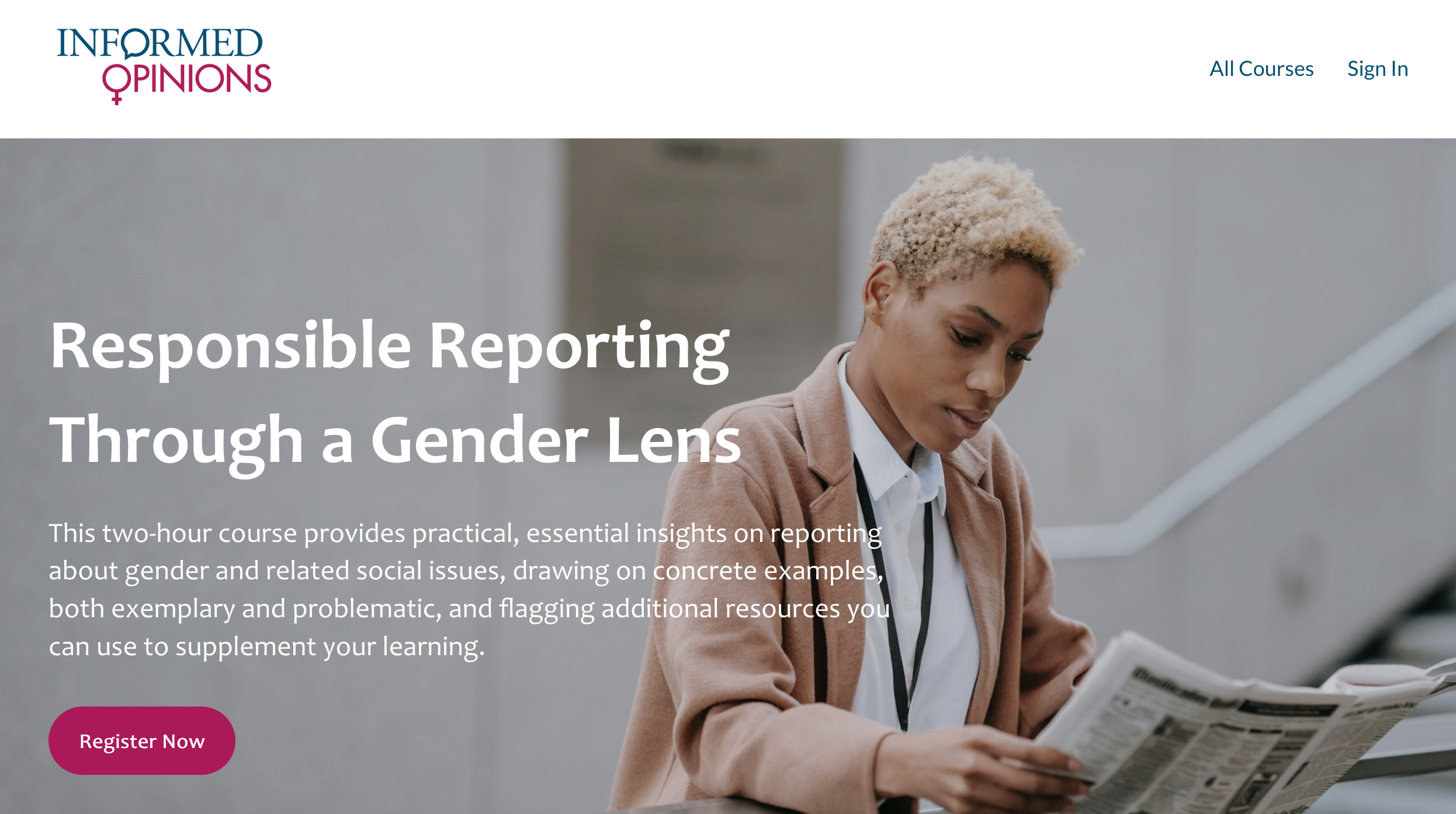“Men’s work worth more than women’s, stats show.”
When I read this headline in the newspaper that published my weekly column years ago, I wondered why it was news: Didn’t everyone already know that women were only paid 76 cents on the dollar?
But when I read the article, I discovered that the stats cited related to the fact that if you had to compensate women for all their unpaid labour in the home and the community, it would be worth 40 per cent of GDP. And I thought, “if I’d written the headline, I’d have mentioned that!”
Around the same time, I also came across a small story lamenting the plight of poor Chinese bachelors who would never find a mate. This situation resulted from former leader Deng Xiaoping’s one-child policy, which led to millions of missing female infants.
I was unable to process the article’s perspective, because my sympathies lay overwhelmingly with the girls who’d been aborted, given up or killed, given that, for various cultural reasons, some parents preferred having one boy over one girl.
The journalists who assigned the first headline and wrote the second article didn’t intentionally denigrate women’s contribution to the economy or seek to dismiss infanticide. They just filtered the stories through their own world views and life experience. We all do that. And it has a huge influence on what gets reported, and how.
That’s why, with funding from Women and Gender Equality, last year Informed Opinions worked with two respected journalists, Caro Rolando and Jacky Habib, to create an online resource for the profession. Written with both practicing and aspiring journalists in mind, our online guide to Responsible Reporting Through a Gender Lens offers practical insights, applied exercises and relevant current examples – both exemplary and problematic – to support greater nuance and more responsible reporting on gender and related social issues.
Stories from the #MeToo movement and the reversal of Roe vs. Wade in the U.S. to #BlackLivesMatter and pronoun policies and sex education curricula in Canada have dominated headlines in the past few years. In the process, they’ve reinforced the importance of journalists — as the first chroniclers of history, and responsible for finding under-reported stories and holding the powerful to account –– bringing a nuanced understanding of social issues and how they intersect with gender.
The guide comprises seven chapters, organized into a total of 47 brief lessons, which can be completed in about two hours. All of the lessons include concrete reporting examples that effectively illustrate the issues and principles being explored. These cover both best practices and missed opportunities, and intersect variously with gender, race, disability, income inequality and sexual identity elements.
Each chapter ends with discussion questions, a recommended activity and a brief quiz to reinforce the lessons shared. Those interested can also download evergreen PDF versions of the articles referenced, and links to additional resources are also included.
We’re making the guide available to newsrooms, journalism schools and freelancers for free, confident that the two hours of investment required to review the contents will more than pay off in terms of enhanced capacity to report on an increasingly complex society. As the language we use to describe people of different races, cultures and identities evolves, so too must journalists’ knowledge and sensitivity.
The online course has been reviewed by a number of working journalists and journalism professors who gave thoughtful and constructive feedback.
Nana aba Duncan, journalism professor and Carty Chair in Journalism, Diversity and Inclusion Studies at Carleton University, was one of the reviewers consulted.
Duncan noted that the course’s strengths include “a strong emphasis on inclusivity, acknowledgment of diverse identities, the provision of practical resources and examples … (and) a trauma-informed approach,” making it “valuable for both seasoned professionals and those new to the field.”
News organizations wanting to remain relevant in culturally diverse societies are adapting by seeking and incorporating more diverse perspectives by producing stories from non-dominant views, gaining audience trust in the process as Jeanne Bourgault, president and CEO of Internews, points out. Here’s just one example: during the pandemic, this headline in the New York Times made many women feel seen in ways that the examples cited above did not:
“Almost half of men say they do most home schooling. 3% of women agree.”
The inclusion of the counter-perspective represented a much-needed shift, and it no doubt reflects the growing number of women assigning, reporting and editing the news at The Times and elsewhere.
The need for adopting a much wider lens that strays away from predominantly white and male perspectives in news production extends far beyond how issues affecting women are framed and treated.
In the wake of George Floyd’s murder by police, for example, many news organizations started capitalizing “Black” when referring to people. In explaining its decision, New York Times editor Dean Baquet noted the publication’s desire to better reflect a shared cultural identity and be respectful of all people and communities.
More recently, in response to the increasing legal and political debate over the rights of transgender people, the Washington Post published a guide to the words the newsroom uses in its gender coverage, which have expanded to include terms such as genderfluid, nonbinary and misgender, among others.
Recognizing that the way we understand and talk about matters of race, gender and other complex issues will continue to change, Informed Opinions welcomes additional suggested content from journalists, professors and students alike as they identify nuances or examples likely to help expand our collective ability to better reflect the realities of all the people who call Canada home. The “Note from the Authors” section explicitly invites feedback, encouraging users to email us at info@informedopinions.org
Shari Graydon is the founder and catalyst of Informed Opinions, a national non-profit that trains experts – especially women – to translate their knowledge into accessible media commentary.

